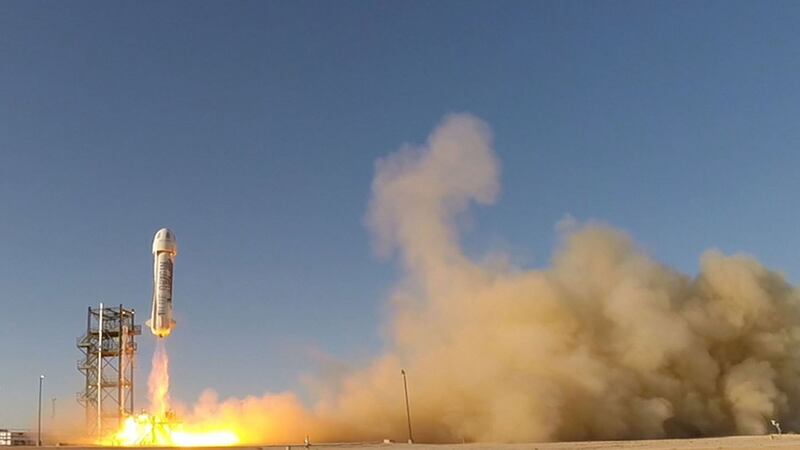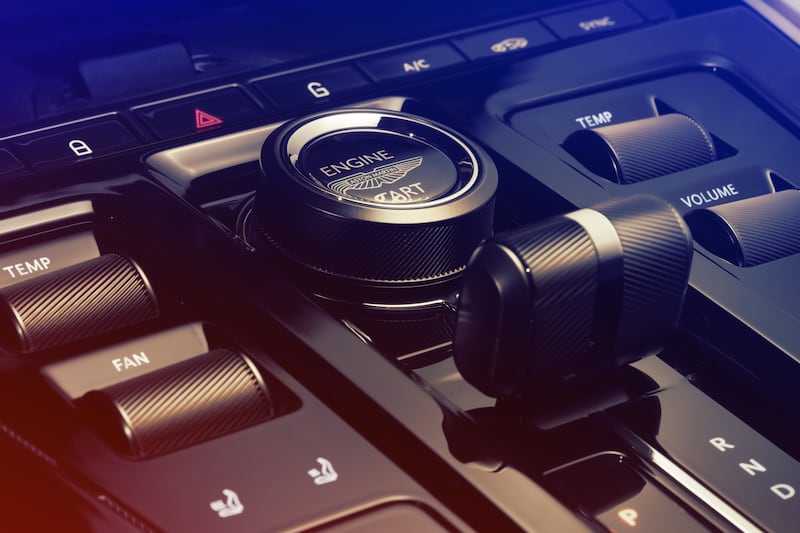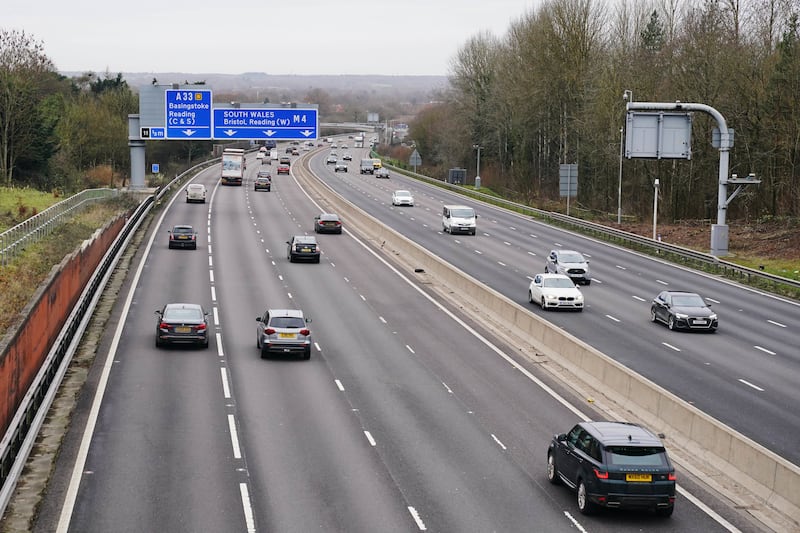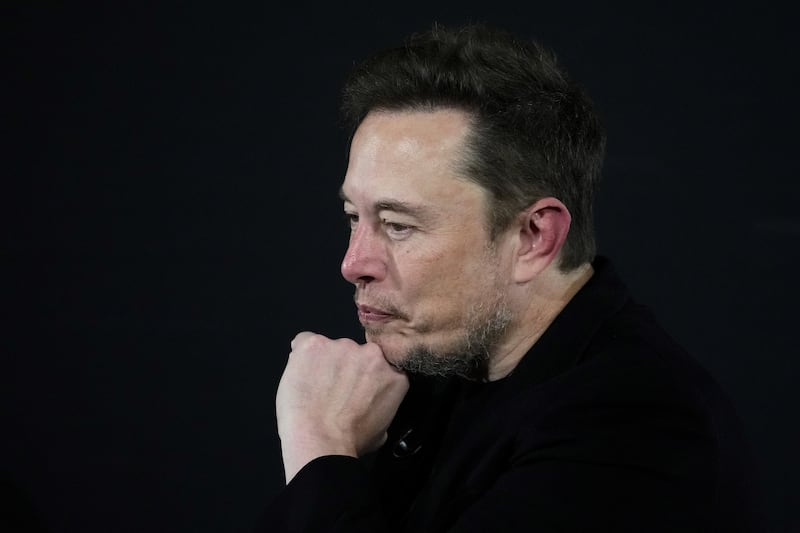A space vehicle which could one day be used for manned space travel has successfully flown for the eighth time.
New Shepard from Blue Origin, the company founded by Amazon’s Jeff Bezos, blasted skywards from the firm’s West Texas Launch Site on April 29.
The crew capsule reached an apogee of 351,000ft, that’s 66 miles above the Earth, which is the altitude Blue Origin has been targeting and its highest test flight yet.
Highlights from today’s mission. Don’t miss the Nerf ball doing a few backflips in zero gravity. #GradatimFerociter @BlueOrigin pic.twitter.com/YxlJRt0MXc
— Jeff Bezos (@JeffBezos) April 30, 2018
A spokesman for Blue Origin said: “For the second time, Blue Origin’s test dummy Mannequin Skywalker flew to space conducting astronaut telemetry and science studies. The flight also carried research payloads for Nasa, the German Aerospace Centre (DLR), and commercial customers.”
Touchdown of the New Shepard Booster and Crew Capsule! Congrats to Team Blue and our payload customers on board today!
— Blue Origin (@blueorigin) April 29, 2018
Among the payloads was a concept for providing commercial Wi-Fi access to in-space users, and an experiment looking at the effects of microgravity on daphnia water fleas – seen as a key species for bioregenerative life support systems for human space exploration.
Brought to you from above the Karman Line – this tweet from Solstar’s Space Communicator on board #NewShepard! Testing WiFi capabilities in space for space entrepreneurs everywhere. #WiFiInSpace
— Solstar (@SolstarOFFICIAL) April 29, 2018
Mission 8 (M8) featured a reflight of the vehicle flown on Mission 7. The New Shepard system is a vertical takeoff, vertical landing (VTVL) space vehicle design to be reused and combines a booster and capsule.
Apogee of 351,000 feet (66 miles, 107 kilometers), and that’s the altitude we’ve been targeting for operations. One step closer. #GradatimFerociter @BlueOrigin
— Jeff Bezos (@JeffBezos) April 29, 2018
From launch, the vehicle accelerates for 150 seconds before the engines cut off. The capsule separates from the booster to coast quietly into space.
After a period of freefall, the booster completes a rocket-powered vertical landing at about 5mph. The capsule lands softly under parachutes. Both parts are reusable.
When manned, the New Shepard will seat six astronauts.








